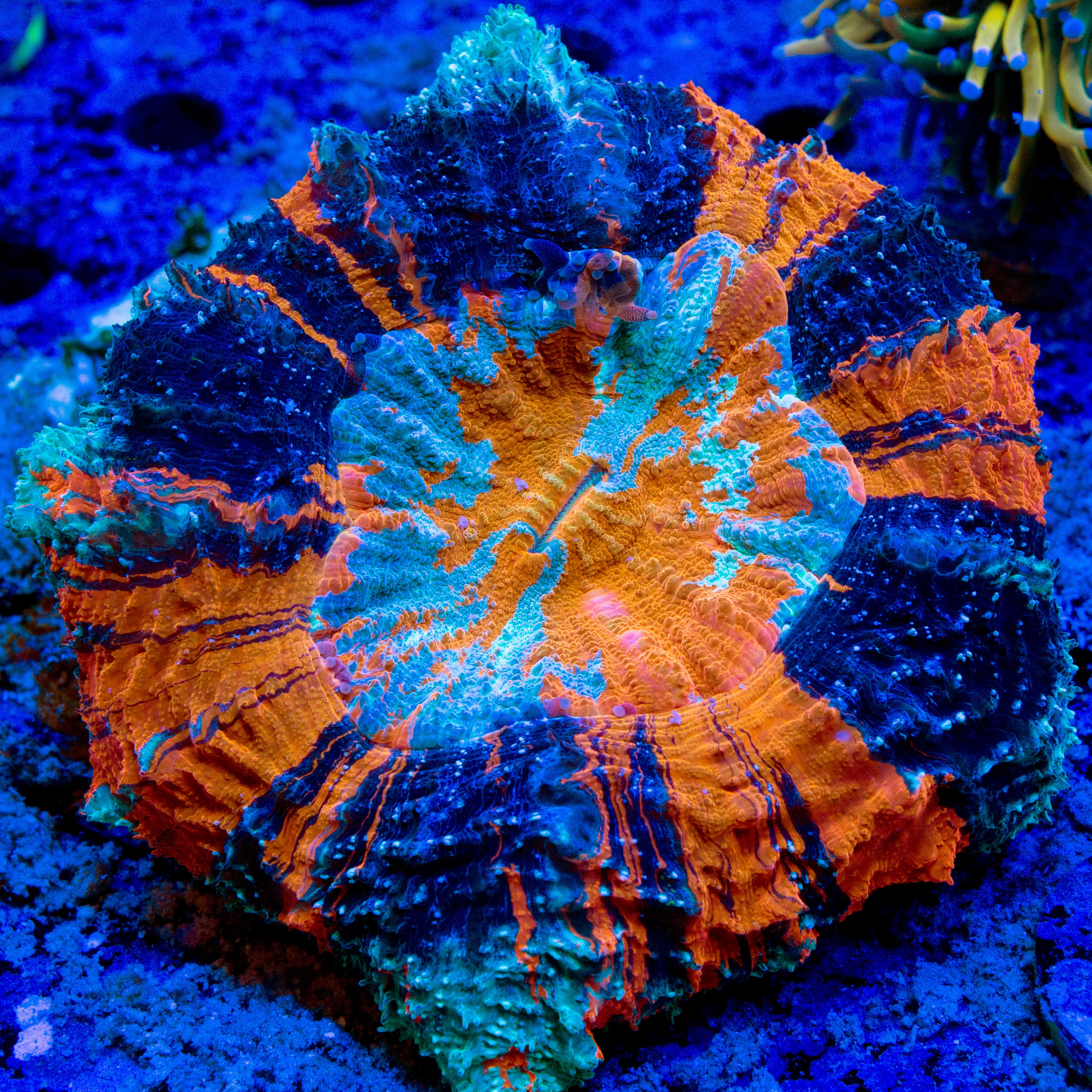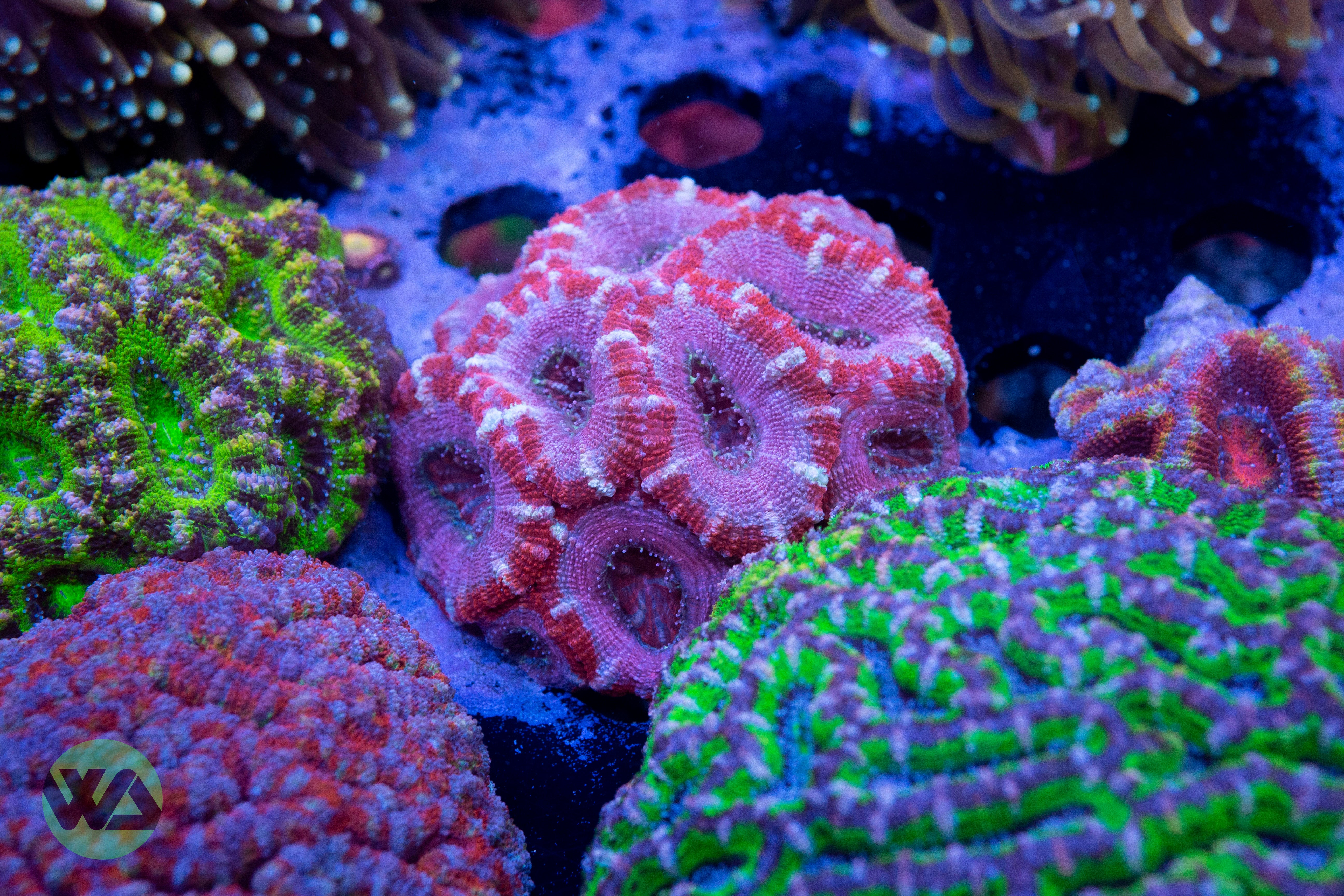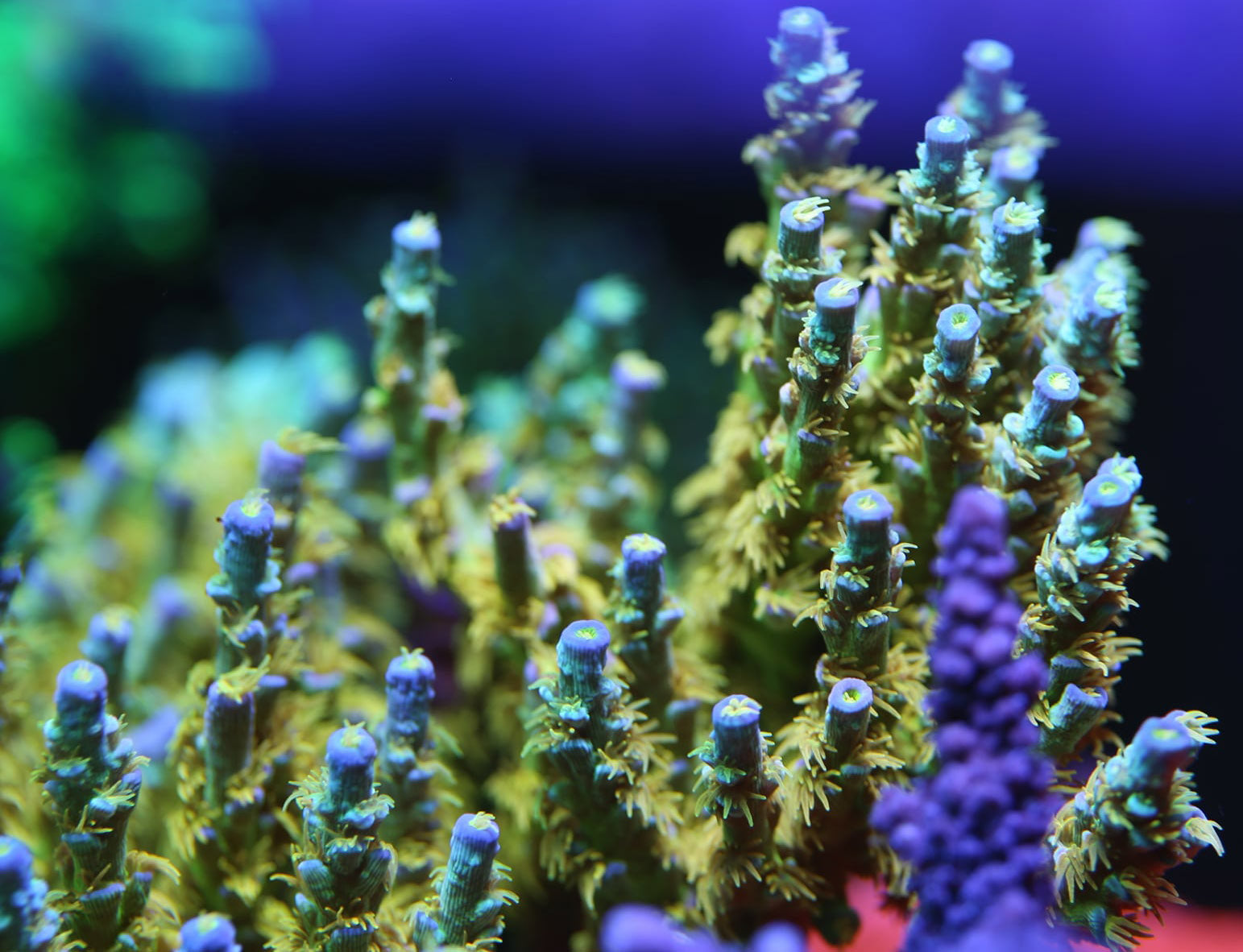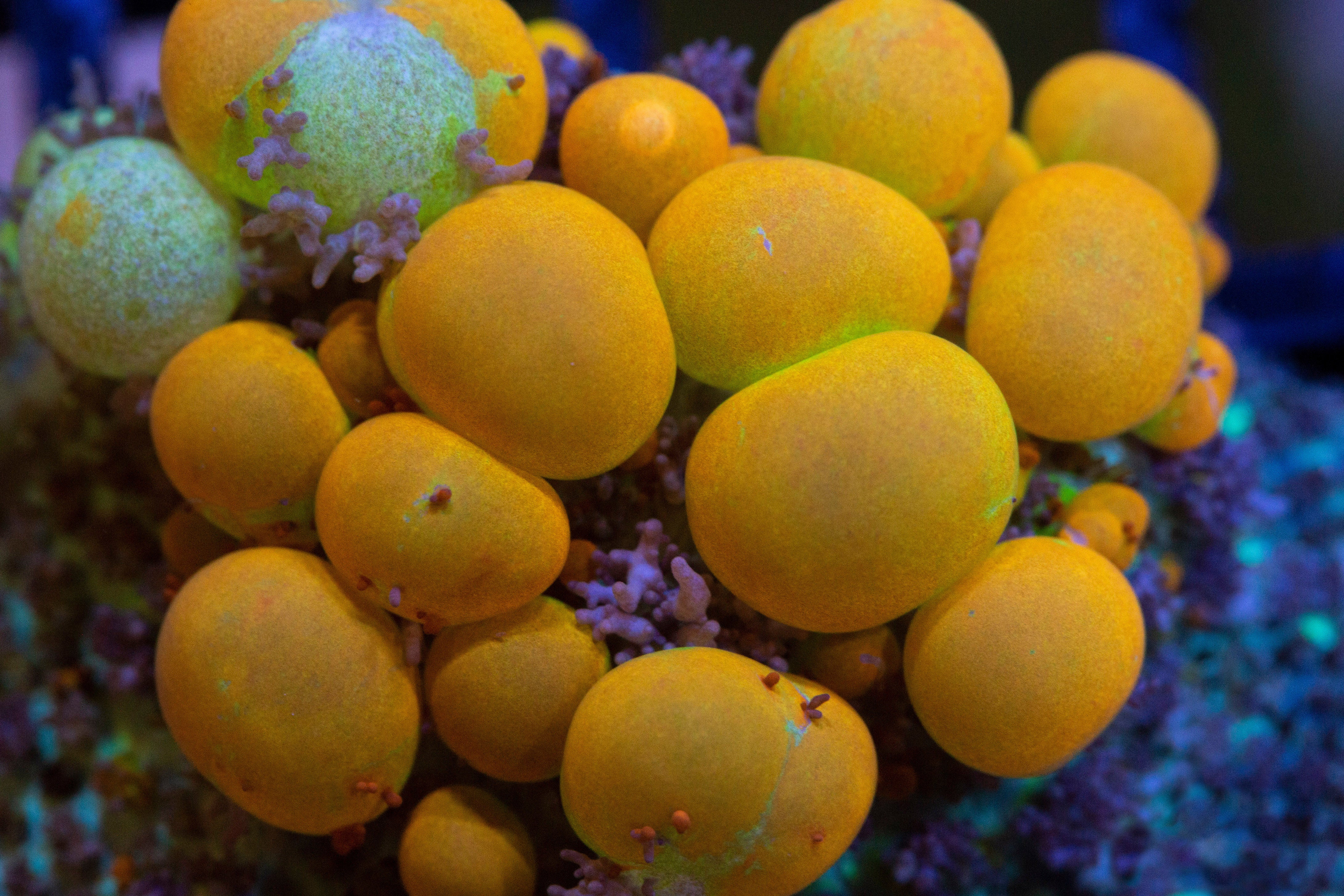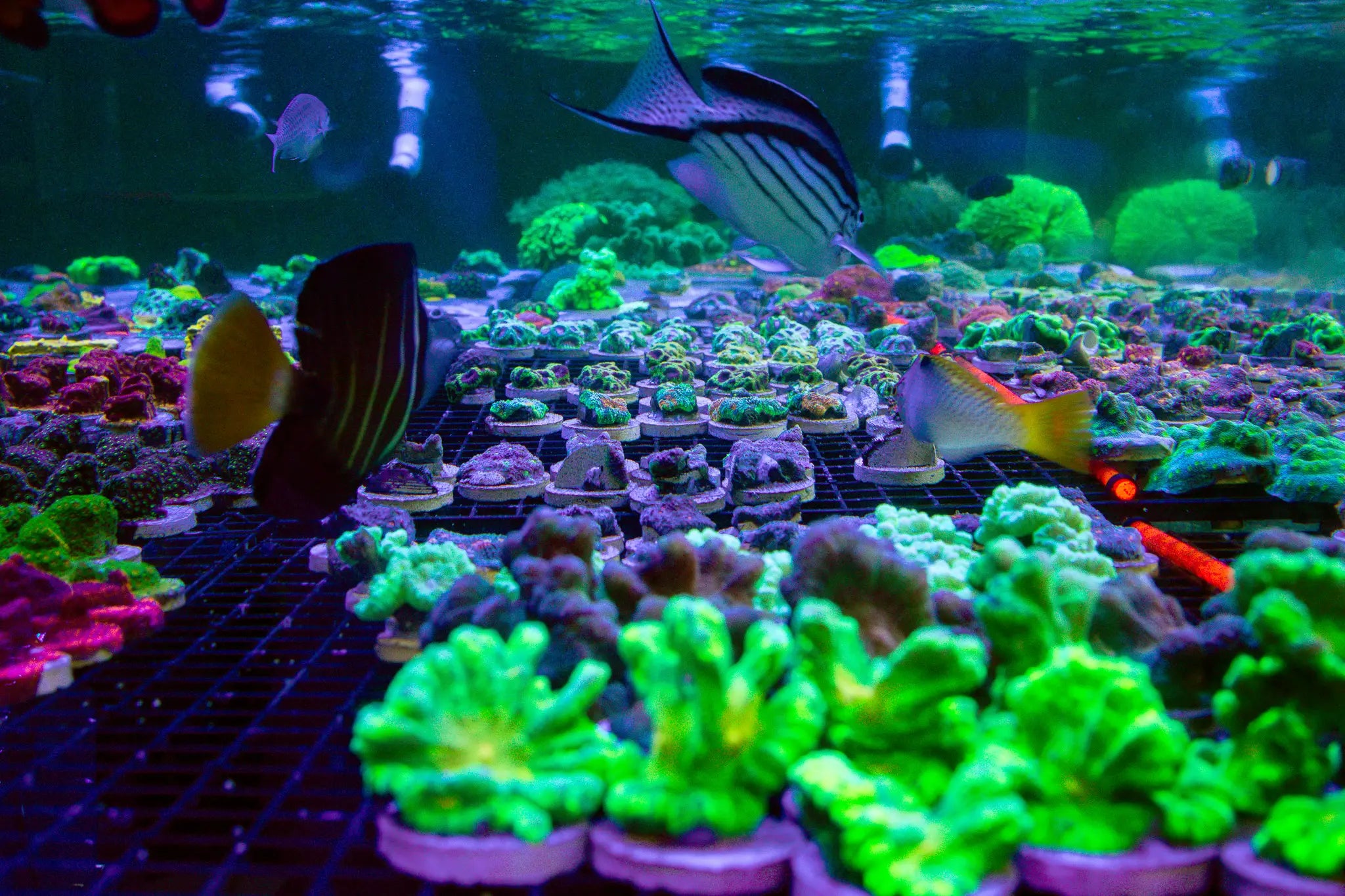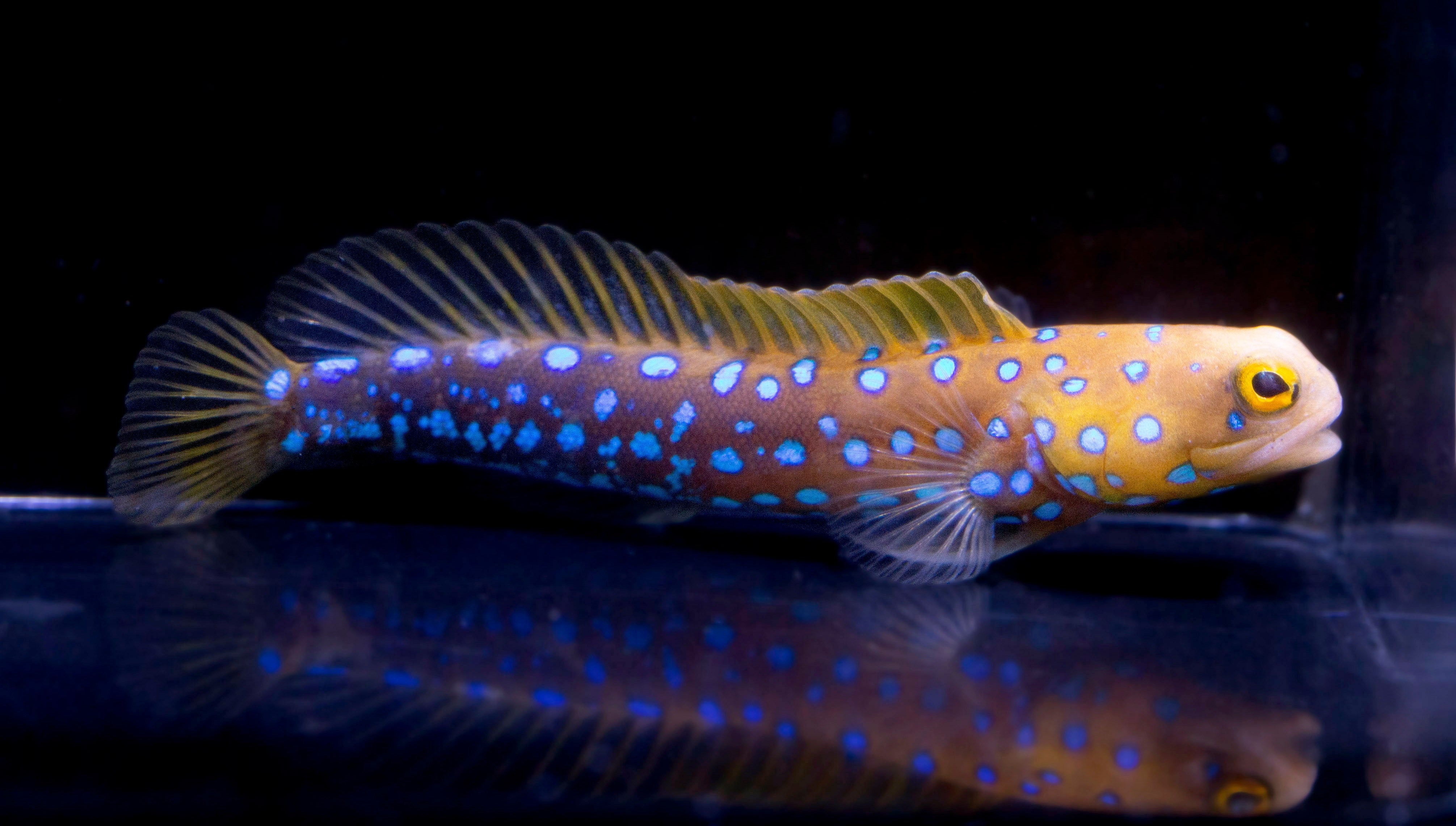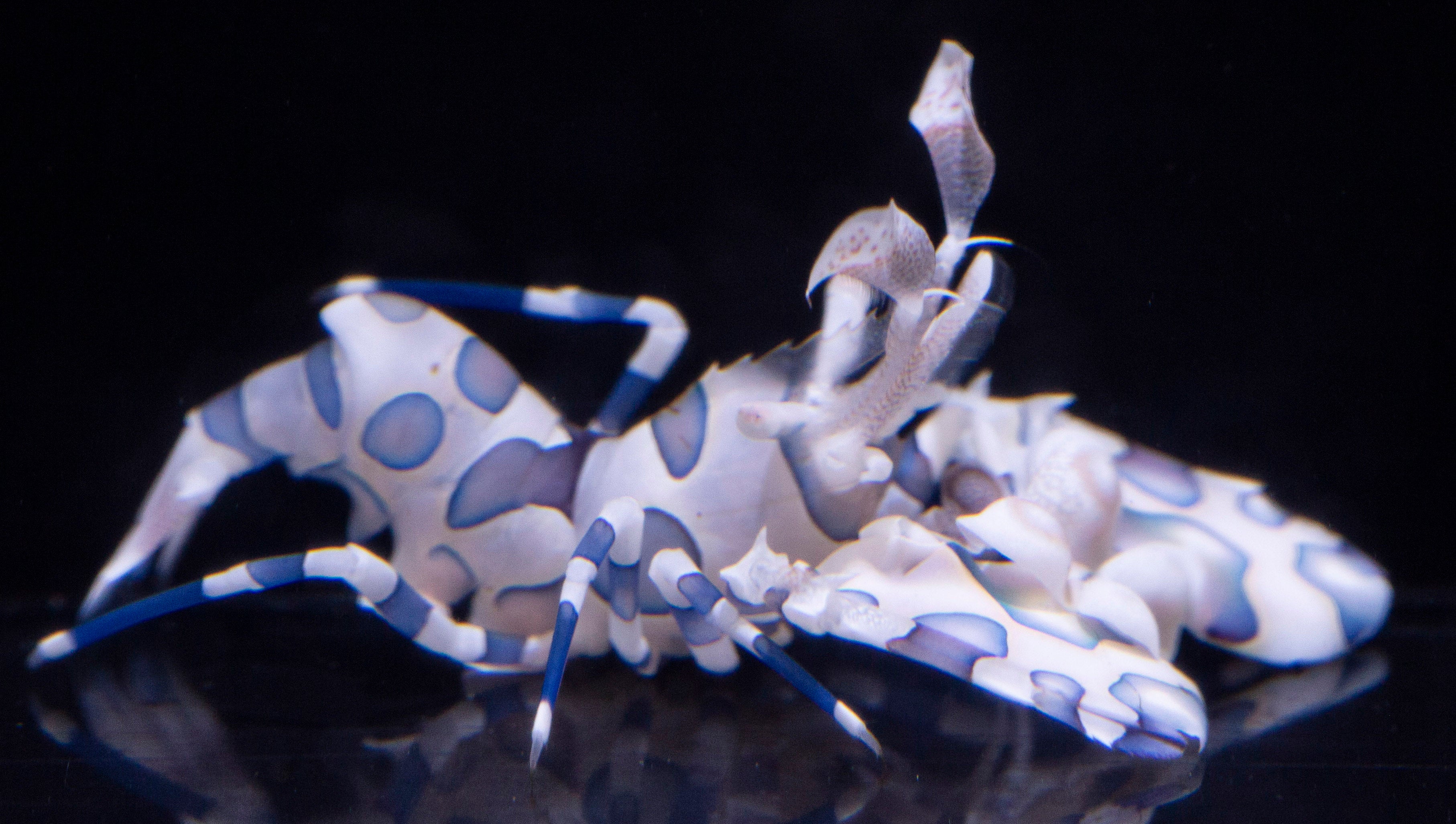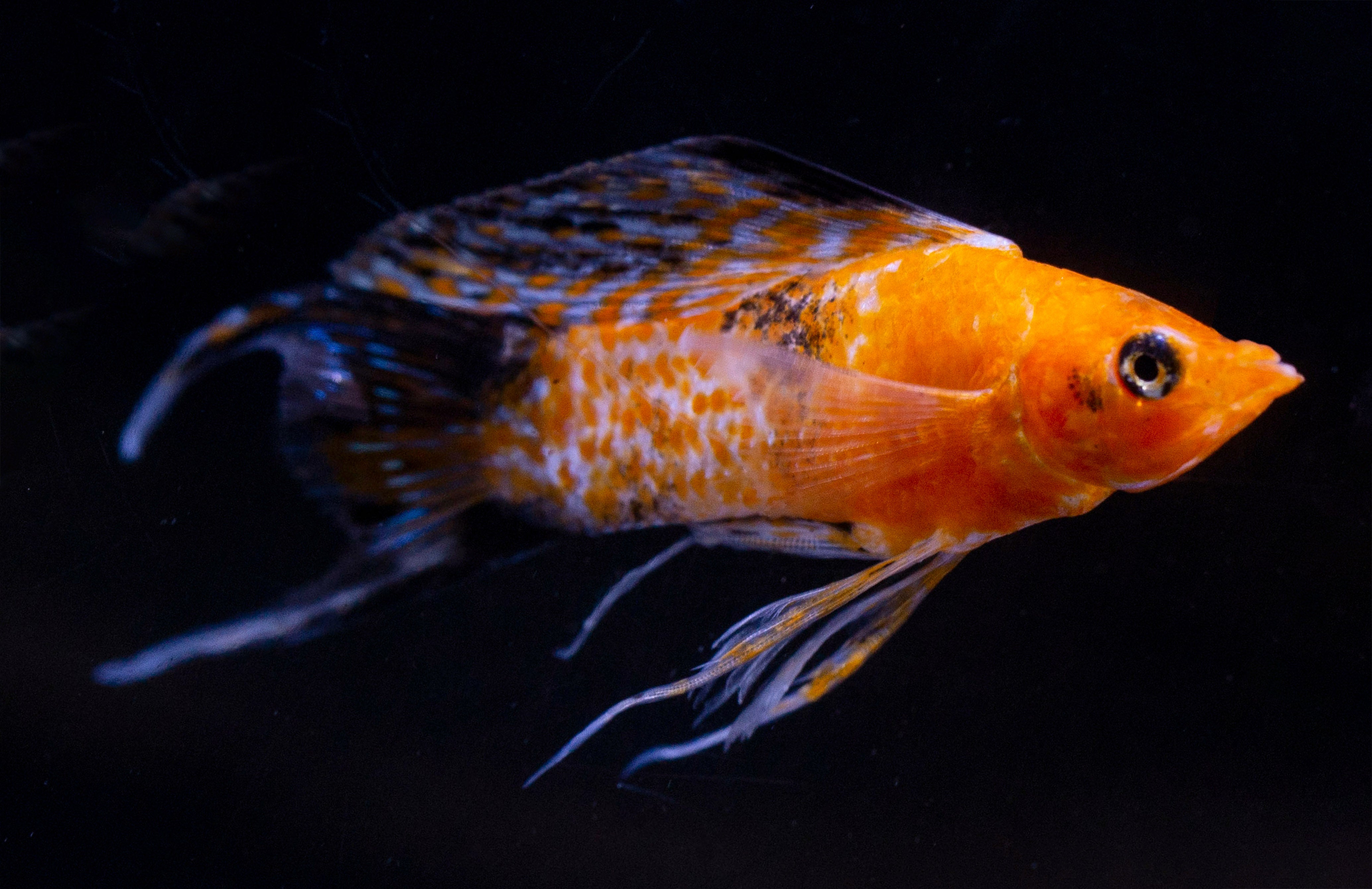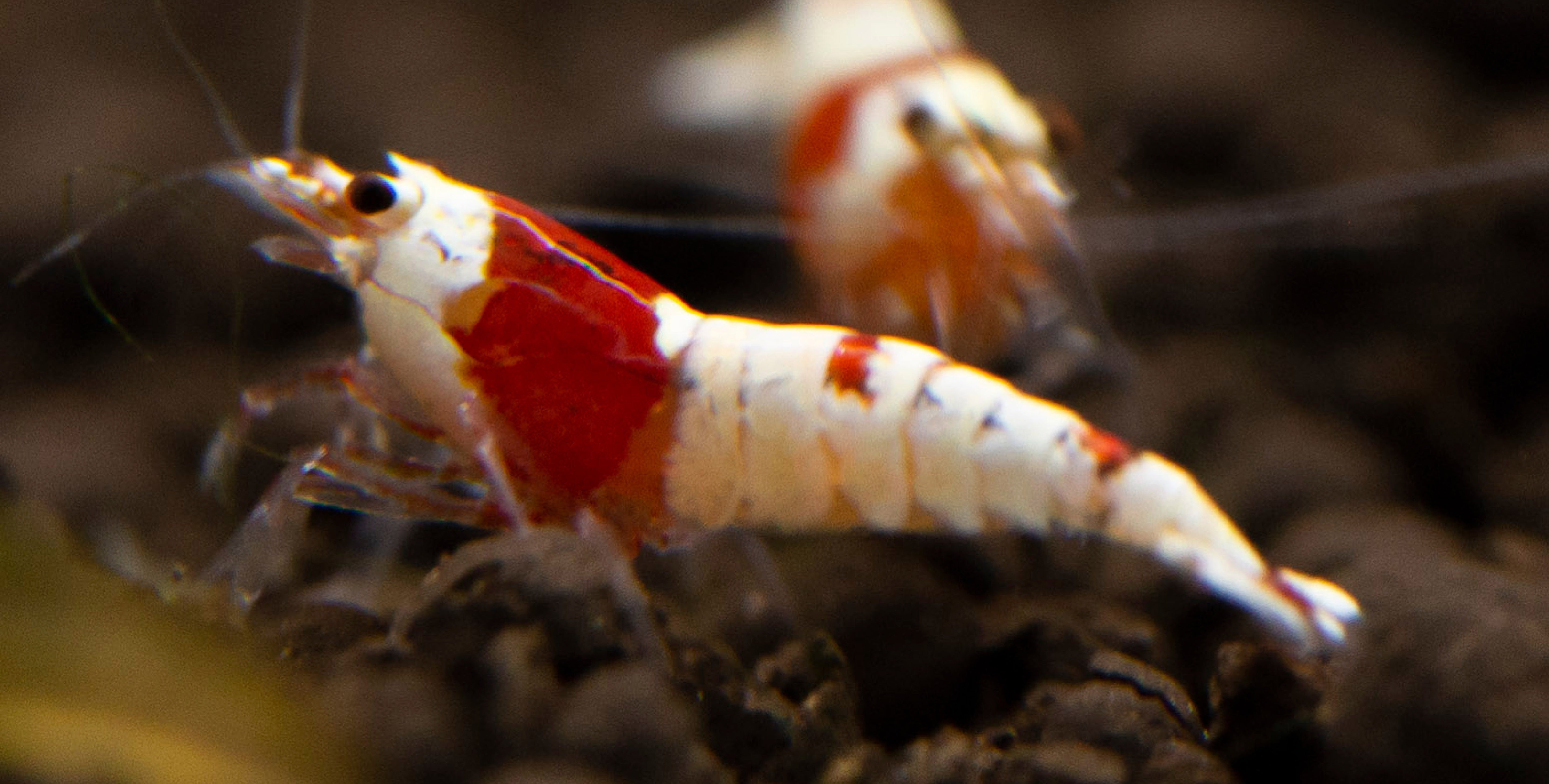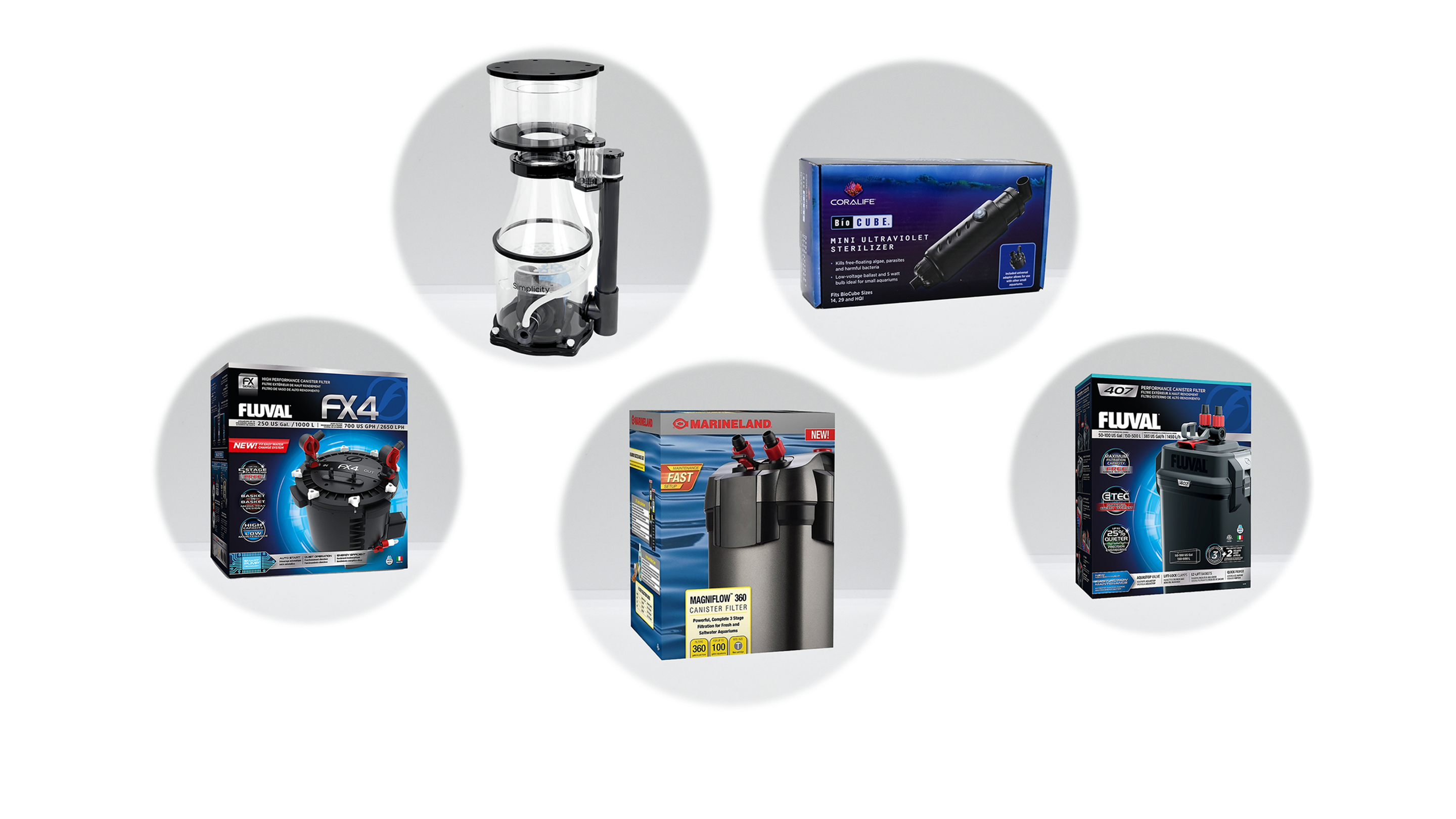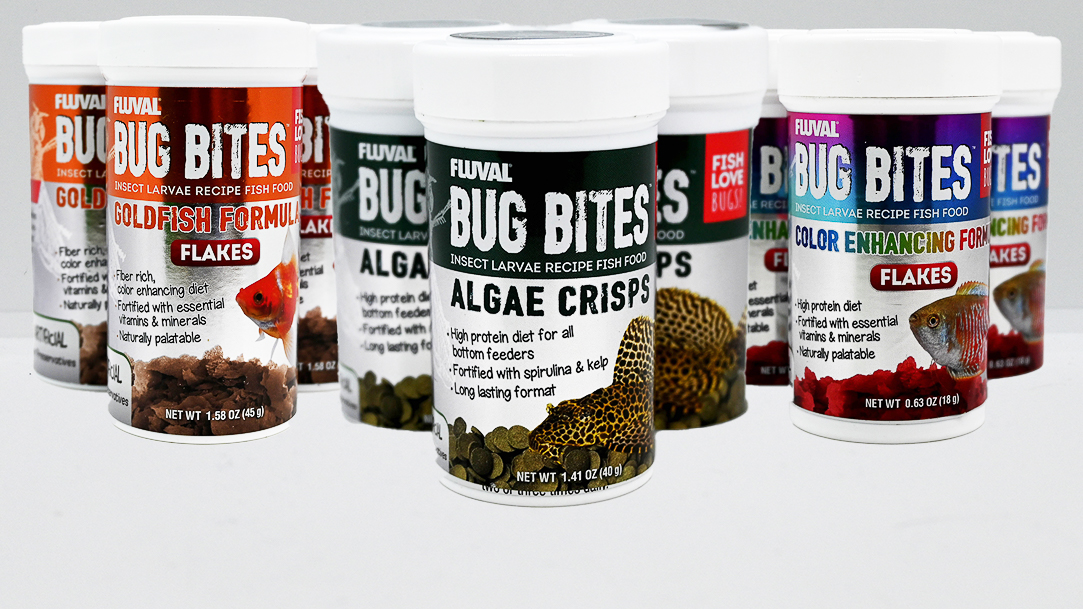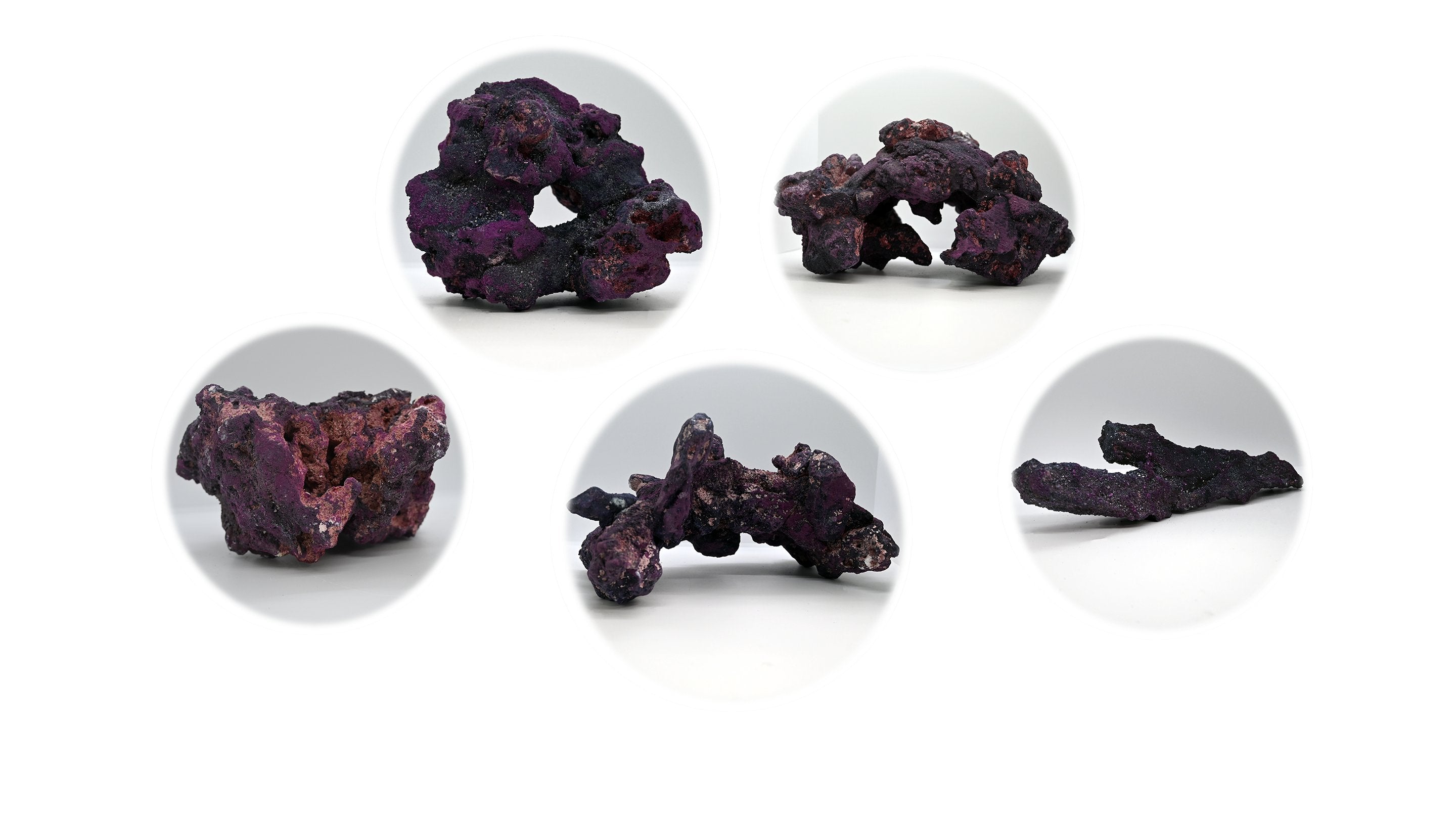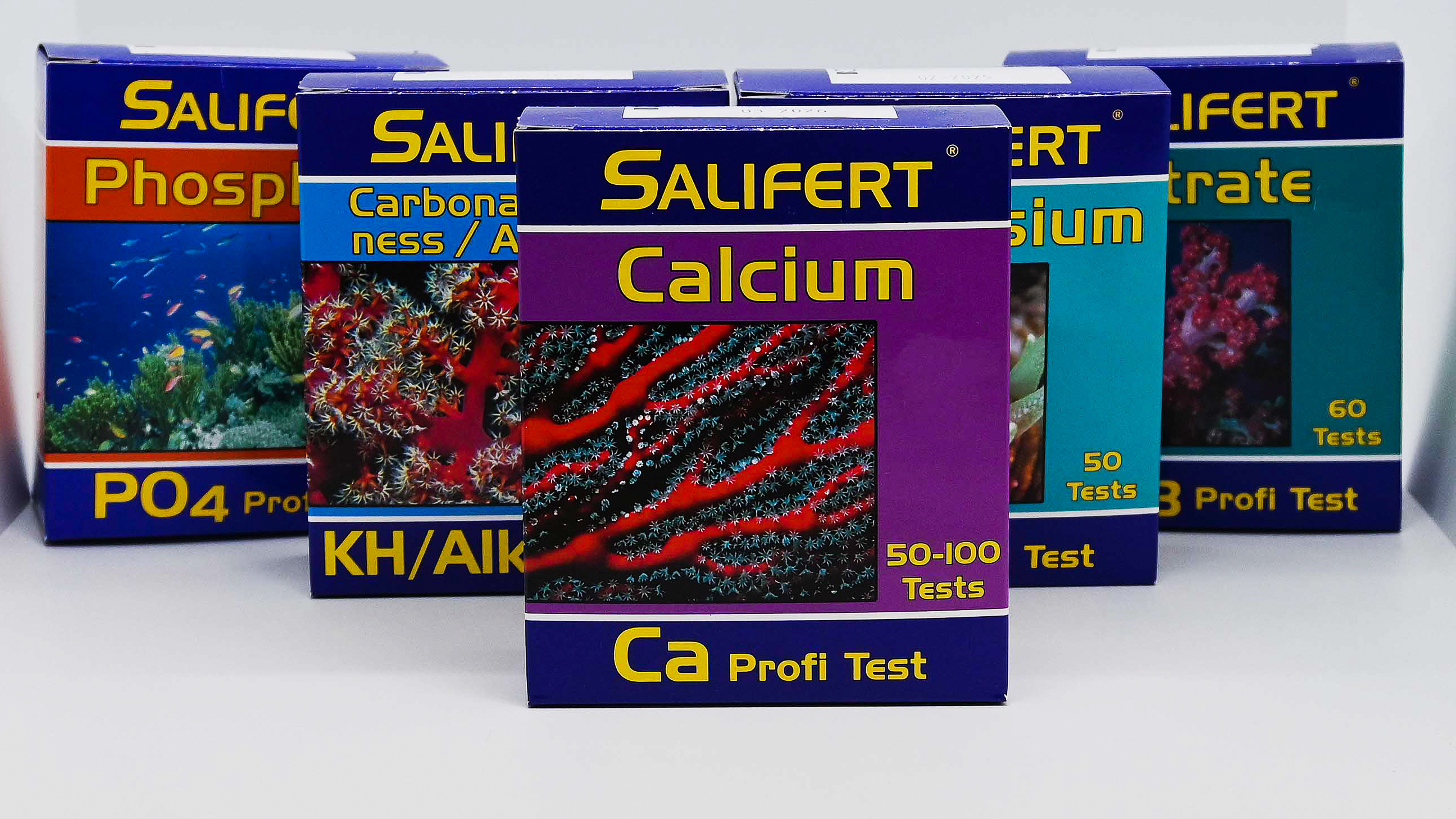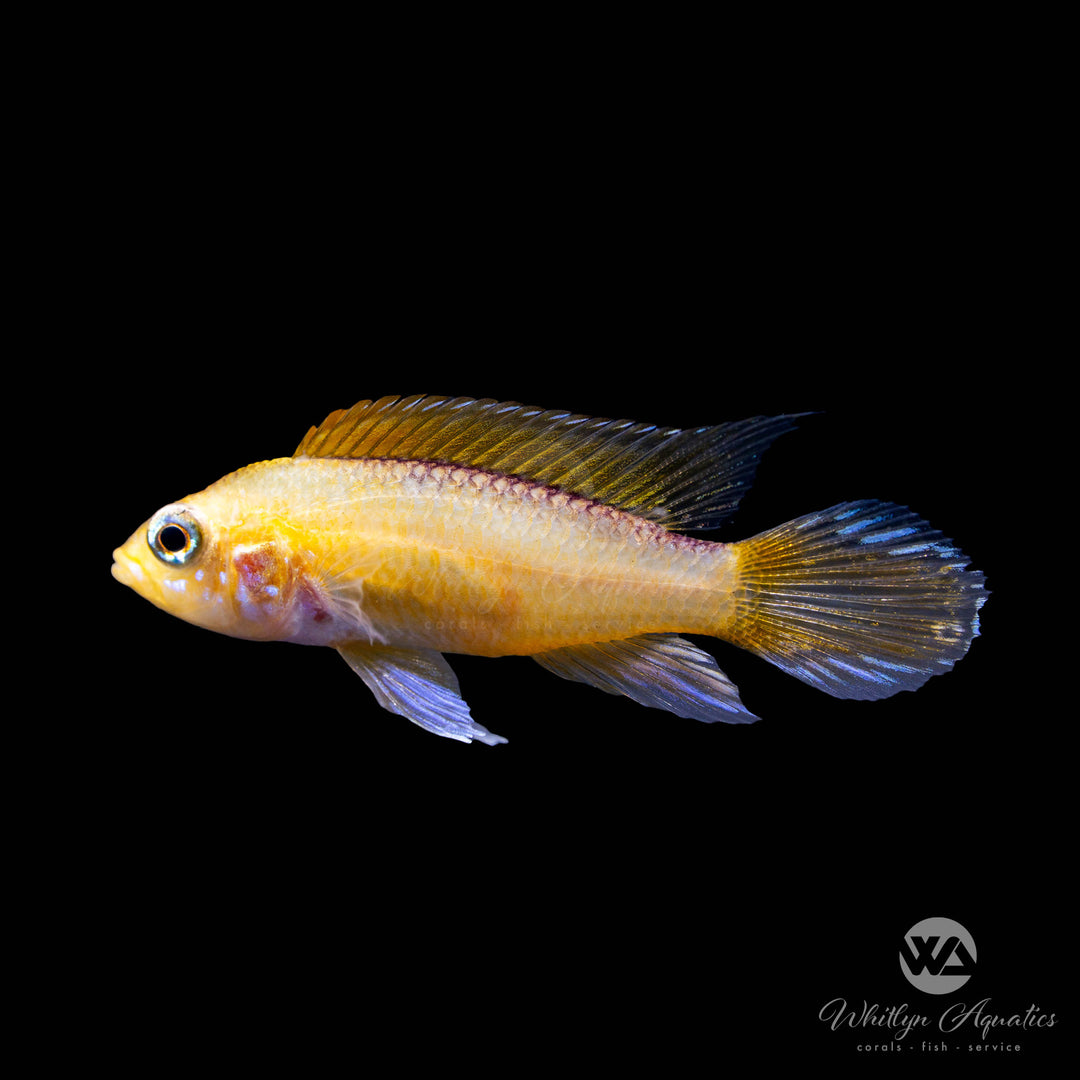
Gold Fire Apisto - Apistogramma agassizii
- In stock, ready to ship
- Backordered, shipping soon
Gold Fire Apisto (Apistogramma agassizii)
The Gold Fire Apisto (Apistogramma agassizii) is a captivating and colorful dwarf cichlid, known for its vibrant golden-yellow and red hues. This peaceful and relatively easy-to-care-for fish is popular among aquarists for its striking appearance and fascinating behavior, making it a standout addition to well-planted aquariums.
Description:
• Common Name: Gold Fire Apisto, Agassiz’s Dwarf Cichlid
• Scientific Name: Apistogramma agassizii
• Family: Cichlidae
• Size: Up to 3.5 inches (9 cm)
• Color: Bright golden-yellow body with fiery red markings on the fins and tail, often with blue or green iridescent highlights
Native Region:
The Gold Fire Apisto is native to the slow-moving waters of the Amazon River basin in South America, including parts of Brazil, Peru, and Colombia. They are commonly found in shallow streams, rivers, and floodplains with dense vegetation.
Aquarium Setup:
• Tank Size: Minimum of 20 gallons (75 liters) for a pair or small group
• Water Parameters:
• Temperature: 75-82°F (24-28°C)
• pH: 5.5-7.0
• Hardness: Soft to moderately soft water (2-10 dGH)
• Substrate: Soft sand or fine gravel; a well-planted tank with driftwood, leaf litter, and caves is ideal
• Diet: Omnivorous; feed a varied diet of high-quality flakes, pellets, and live or frozen foods like brine shrimp, bloodworms, and daphnia
Care Level:
• Difficulty: Moderate
• Temperament: Generally peaceful, though males can be territorial; best kept in pairs or harems with one male and several females
• Lifespan: 3-5 years
• Breeding: Egg-layer; prefers to spawn in caves or other secluded areas
Additional Tips:
• Tank Mates: Ideal for community tanks with other peaceful fish such as small tetras, rasboras, and dwarf gouramis. Avoid aggressive or much larger species.
• Territory: Provide ample hiding spots and visual barriers to reduce territorial aggression, especially when keeping multiple males.
• Water Quality: Sensitive to poor water conditions; regular water changes and stable parameters are crucial for their health.


